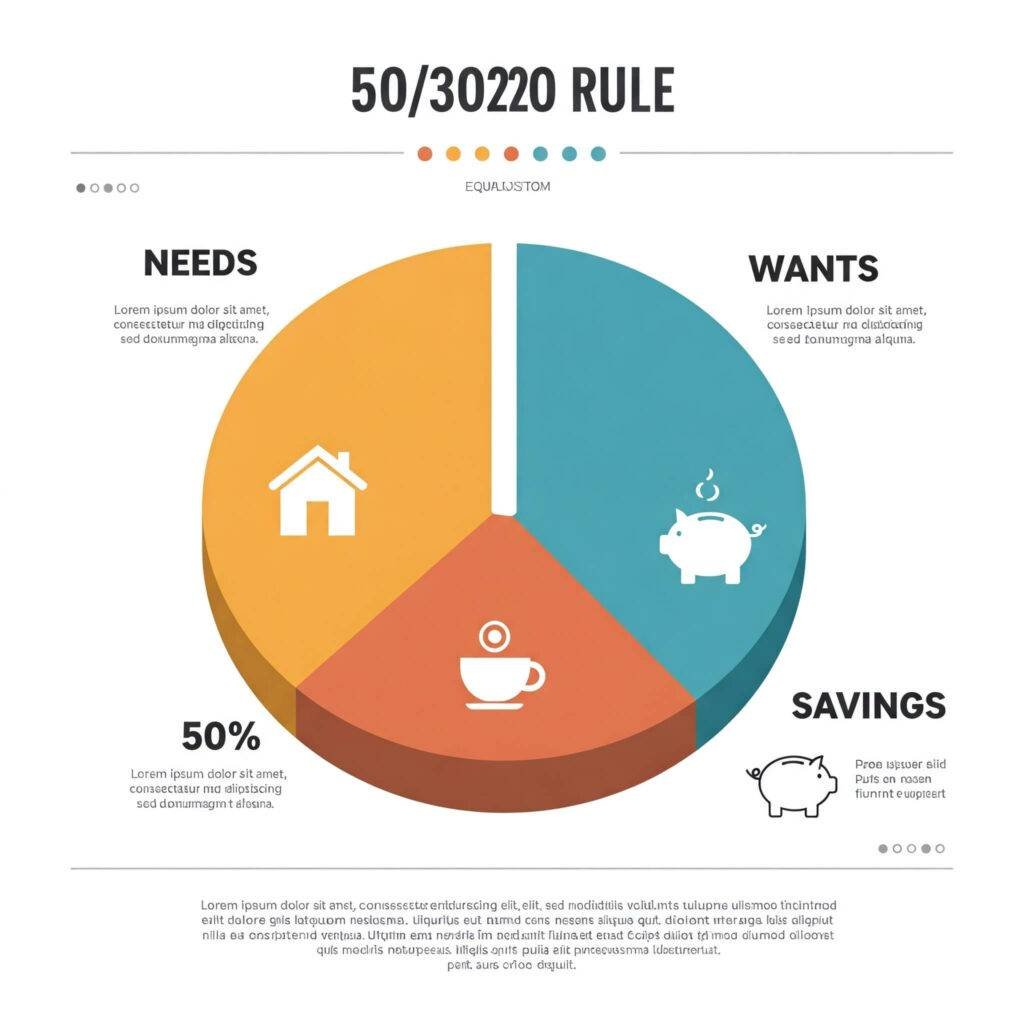Why Maximizing Your Wealth Matters
In today’s fast-paced world, learning how to maximize your wealth is more than just a goal—it’s a necessity. Whether you’re saving for retirement, planning a dream vacation, or building generational wealth, effective money management strategies can make all the difference. This guide will walk you through proven techniques to grow and protect your finances, backed by real-world examples and actionable tips. Let’s dive into the strategies that will help you take control of your financial future.

Understand Your Financial Starting Point
To maximize your wealth, you need a clear picture of where you stand. Assessing your financial health is the foundation of any successful wealth management plan.
Create a Net Worth Statement
Your net worth is your assets (cash, investments, property) minus your liabilities (debts, loans). Here’s how to calculate it:
- List your assets: Include savings accounts, retirement funds, real estate, and valuable possessions.
- Subtract your liabilities: Account for credit card debt, student loans, mortgages, etc.
- Review annually: Update your net worth to track progress.
Example: Sarah, a 30-year-old teacher, calculated her net worth at $50,000. By identifying her student loan as a major liability, she prioritized paying it off, freeing up more income for investments.
Track Your Cash Flow
Understanding your income and expenses is critical. Use budgeting apps like YNAB or Mint to monitor your cash flow. This helps you identify areas to cut unnecessary spending and redirect funds toward wealth-building opportunities.
Build a Strategic Budget to Maximize Your Wealth
A budget isn’t about restriction—it’s about empowerment. A well-crafted budget aligns your spending with your goal to maximize your wealth.
Use the 50/30/20 Rule
This popular budgeting method divides your after-tax income into:
- 50% Needs: Rent, utilities, groceries.
- 30% Wants: Dining out, entertainment.
- 20% Savings/Investments: Emergency fund, retirement accounts, stocks.
Pro Tip: Automate your savings to ensure consistency. Apps like Acorns round up purchases and invest the spare change.
Real-World Example
John, a freelance designer, adopted the 50/30/20 rule. By automating 20% of his income into a Roth IRA, he grew his retirement savings by $10,000 in three years.

Invest Wisely to Grow Your Wealth
Investing is a cornerstone of maximizing your wealth. The earlier you start, the more time your money has to grow through compound interest.
Diversify Your Portfolio
Spread your investments across different asset classes to reduce risk:
- Stocks: High growth potential but volatile.
- Bonds: Safer, with steady returns.
- Real Estate: Offers passive income and appreciation.
- ETFs/Mutual Funds: Low-cost, diversified options.
Data Insight: According to Vanguard, a diversified portfolio with 60% stocks and 40% bonds averaged a 7.5% annual return from 1926–2023.
Start Small with Robo-Advisors
If you’re new to investing, platforms like Wealthfront or Betterment offer automated, low-fee portfolios tailored to your risk tolerance.
Example
Maria, a 25-year-old nurse, invested $100 monthly in an S&P 500 index fund. Assuming a 7% annual return, she could have over $150,000 by age 65.
Protect Your Wealth with Smart Risk Management
To maximize your wealth, you must safeguard it from unexpected setbacks.
Build an Emergency Fund
Aim for 3–6 months’ worth of living expenses in a high-yield savings account. This cushions you against job loss or medical emergencies.
Get Adequate Insurance
Protect your assets with:
- Health Insurance: Covers medical costs.
- Homeowners/Renters Insurance: Safeguards your property.
- Life Insurance: Secures your family’s future.
Example: After a car accident, Tom’s emergency fund covered his deductible, preventing him from dipping into his investment accounts.
Leverage Tax-Advantaged Accounts
Tax-efficient strategies are key to maximizing your wealth. Take advantage of accounts designed to reduce your tax burden.
Contribute to Retirement Accounts
- 401(k): Employer-sponsored plans often include matching contributions.
- IRA: Roth IRAs offer tax-free withdrawals in retirement.
Use Health Savings Accounts (HSAs)
HSAs let you save pre-tax dollars for medical expenses. Unused funds can be invested and grow tax-free.
Data Insight: According to Fidelity, maxing out a 401(k) for 30 years at a 7% return could yield over $1.2 million.

Stay Disciplined and Review Regularly
Maximizing your wealth requires ongoing effort. Schedule quarterly reviews to:
- Rebalance your investment portfolio.
- Adjust your budget as income or expenses change.
- Set new financial goals.
Pro Tip: Work with a certified financial planner (CFP) for personalized advice. Find one through the CFP Board.
Conclusion: Take Control of Your Financial Future
To maximize your wealth, you don’t need to be a millionaire—you just need a plan. By assessing your finances, budgeting strategically, investing wisely, protecting your assets, and leveraging tax advantages, you can build a secure and prosperous future. Start small, stay consistent, and watch your wealth grow over time.
What’s one step you’ll take today to maximize your wealth? Share your thoughts in the comments!

